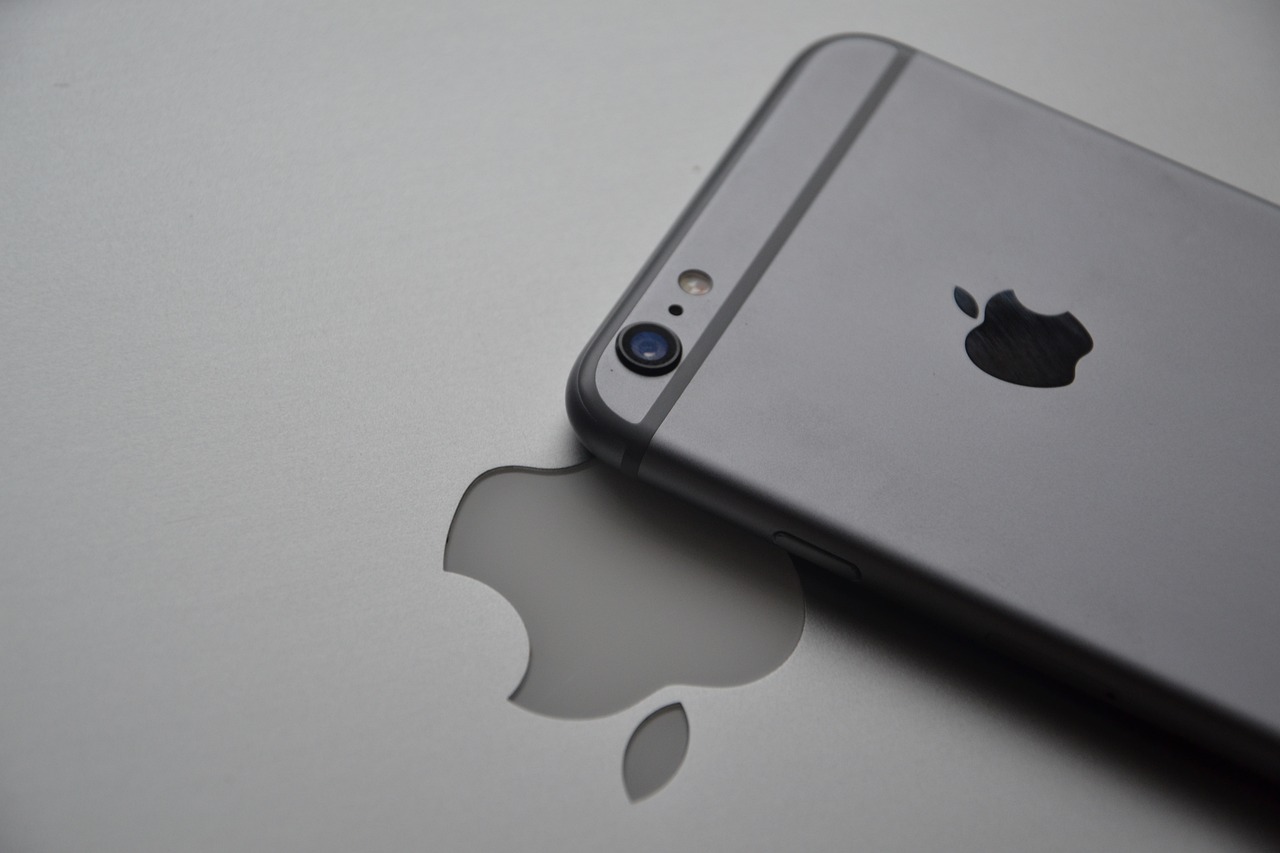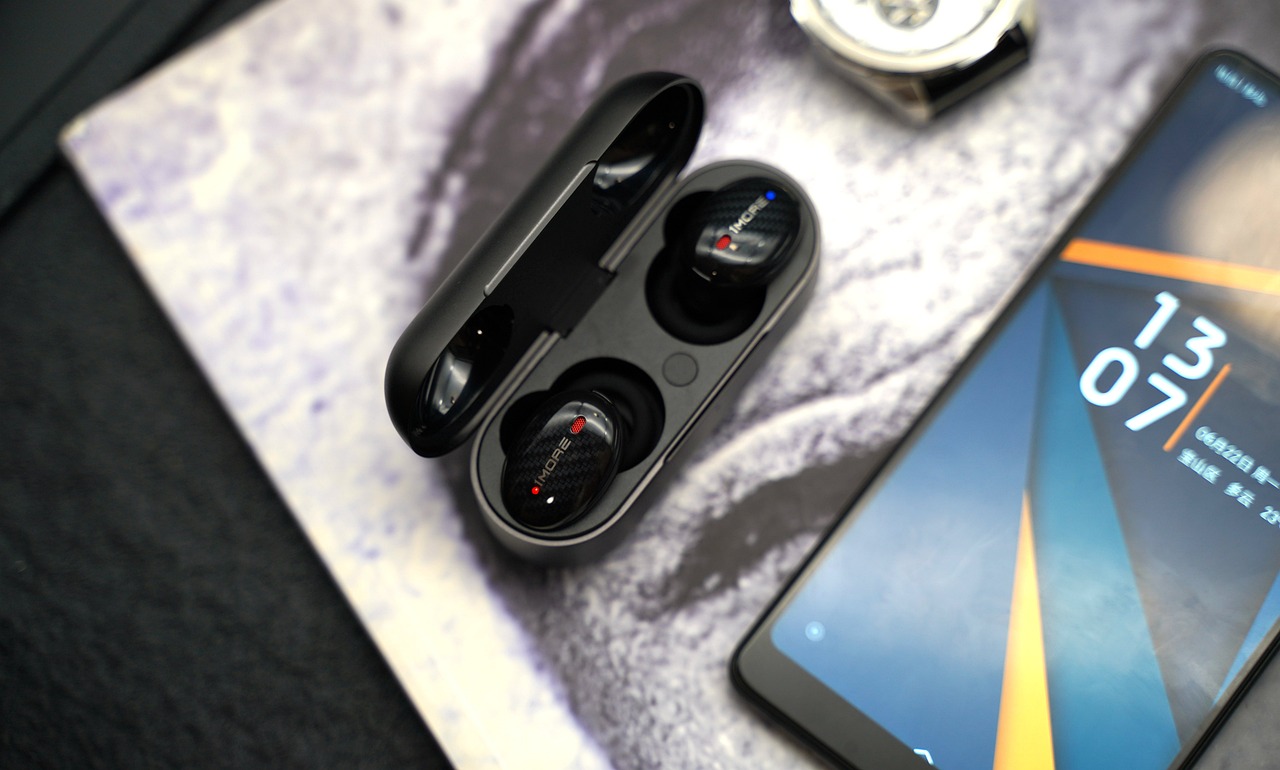See how a connection test will be carried out in Brazil. The company intends to carry out an in-depth assessment in the country.
As one of the satellite companies that developed the concept of direct connection between a satellite and a standard device such as a smartphone (the so-called D2D or direct-to-device connection), Lynk is one of the satellite companies in Brazil that has enabled testing of the technology in the country. The company is currently negotiating with operators.
The company's operations manager, Daniel Dooley, participated this Thursday, the 28th, the last day of the Latin American Satellite Congress, an event in Rio de Janeiro organized by Grasberg Comunicaes and TELETIME. Continue reading and see what was discussed at the meeting.

Connection test
The company expects at least two of the three main national operators to ask Anatel for permission to test Link's technology in Brazil, the CEO said.
The company’s proposal is to use the spectrum of wireless partners to provide what Dooley calls “cell towers in the sky,” a wholesale model similar to roaming access to third-party networks. The company operates three LEO satellites and plans to put two more into orbit this year. But the entire operation requires several hundred satellites, each about 1 square meter in size.
The idea is to deploy resources in places where it is impossible to install cell phone base stations, such as mountainous or remote areas. On the device side, traditional smartphones can be used without the need to change hardware, and the system currently works on 2G and 4G networks for voice, SMS and, in the future, data.
D2D Models
Lynk has been testing D2D models of standard devices since 2017 and considers itself the inventor of this technology. The company also plans to conduct tests with Anatel, possibly in Maranhão, by the end of the year. There are plans to enable mobile technologies up to 5G, including Internet of Things standards such as NB-IoT, but so far the focus has been on 2G and LTE.
Dooley says that mass emergency messaging, IoT device connectivity, and rural SMS connectivity are the first viable use cases. “We believe we can address video in the future, but that will depend on how much spectrum our MNO (mobile network operator) partners provide for video,” explained Lynk’s director. He also added that this work is subject to regulatory requirements.
Voice calls in the D2D model have already been verified by the company, but the airtime is still questionable (currently calls do not exceed 4 minutes). It is worth remembering that, for now, the company is not yet working with 5G.
How does 5G work?
5G internet is the fifth generation of mobile internet. In short, it is the evolution of 4G mobile networks offered by the country's operators. Its wider coverage and faster speeds on your mobile devices mean a mobile navigation faster and more efficient.
The technology allows networks to accommodate more users simultaneously without compromising signal quality. The advantage lies in the increased stability and speed in the exchange of information between connected devices. 5G networks connect to existing antennas and work simultaneously with 4G technology through radio waves. This connection propagates between 600-700 MHz, 26-28 GHz and 38-42 GHz.
How fast is the internet?
The speeds of the 5G connection range from 1 to 20 Gbit/s (gigabits per second), with an average of at least 100 Mbit/s (megabits per second) per person. For those who don't know what this means, a 4G connection in Brazil guarantees an average speed of 12 Mbps. 5G Internet is at least 8 times faster than 4G Internet.



